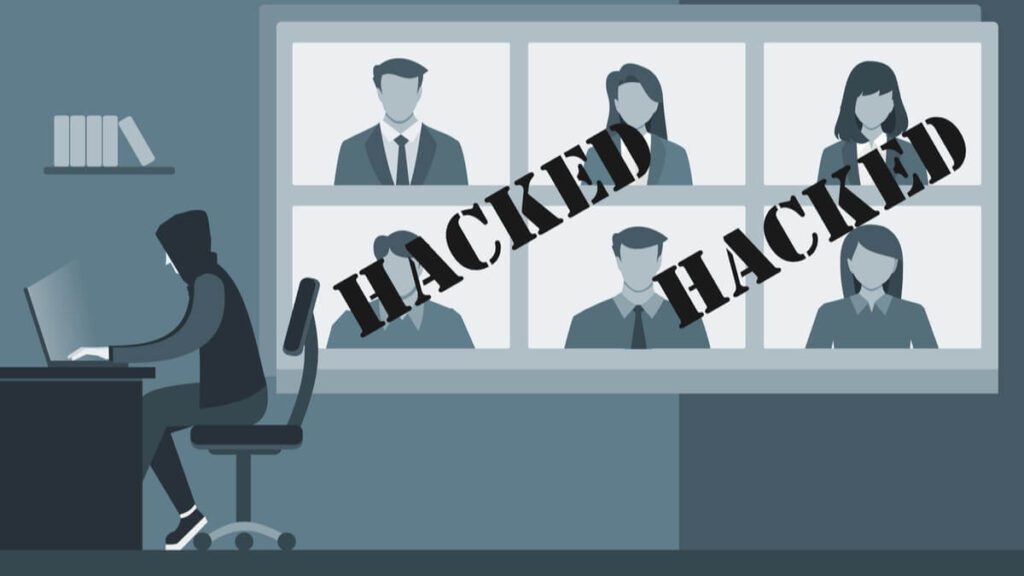C-Suite, IT security leaders remain disconnected as cyberattacks spike

Cybersecurity has been the talk of the town ever since the start of the COVID-19 pandemic, as the number of cyberattacks exploded as the worldwide workforce took their home offices to continue their careers.
But while security experts have attempted time and again to warn and educate companies and individuals, a lot of work still needs to be done.
According to a recent report by LogRhythm, a company that powers today’s security operations centers (SOCs), that 60 percent of organizations were victims of a cyberattack in the past two years with 35 percent saying no one was held accountable when these attacks occurred.
The report, “Security and the C-Suite: Making Security Priorities Business Priorities,” shows the disconnect between business decision makers and IT security teams and its impact on budgets, strategy, and business outcomes.
According to the research, 93 percent of IT security leaders do not report directly to the CEO.
On average respondents are three levels away from the CEO, which makes it very difficult to ensure that leadership has an accurate and complete understanding of security risks. Sixty percent of respondents said IT security leaders should report directly to the CEO because it would create greater awareness of security issues throughout the organization.
“We’ve seen the threat landscape evolve rapidly over the last 12-18 months and that means the C-Suite must understand and recognize changing risk profiles and empower IT security leaders to react. The impact of lockdowns and quarantines on cybersecurity should be a wake-up call that ensures there is accountability for cyberattacks from security teams through to the CEO,” said Andrew Hollister, Deputy CSO and VP Labs at LogRhythm.
“If there are security risks that are not being addressed, IT security leaders should be able to provide recommendations and concrete actions that the CEO and board can approve or reject.”
Less than half of respondents (46 percent) say senior leadership has confidence that the IT security leaders understand the business goals. Only 43 percent of respondents say their organization values and effectively leverages the expertise of IT security leaders.
“The rapid move to remote working has created a whole range of risks for IT security teams. The research shows that this is now the biggest cybersecurity challenge facing organizations. ‘Work from anywhere’ scenarios have to shape security strategies and will require new budget and resource to manage. Any major shift in user behavior requires security teams and organizations as a whole to review, revamp and strengthen their security posture. This makes collaboration and communication between the C-Suite and IT security teams essential,” said Kev Eley, VP Sales Europe at LogRhythm.
Sixty-three percent of respondents say their top risk is phishing/social engineering attacks, and 60 percent of respondents say it is the remote worker endpoint security and ransomware.
Remote working is creating new security challenges as the attack surface is increased and employees may be more likely to engage in risky user behaviors outside of the familiar corporate environment:
- 73 percent of respondents say less secure home networks are used by employees in their organization.
- 68 percent of respondents say employees and contractors believe the organization is not monitoring their activities.
- 67 percent say a family member uses a work device.
Amid these challenges, 54 percent of respondents are worried about their job security, with 63 percent citing insufficient budget to invest in the right technologies as a main culprit. Further, more than half (53 percent) of respondents claim senior leadership does not understand their role, and another 51 percent of respondents believe that they lack executive support.
